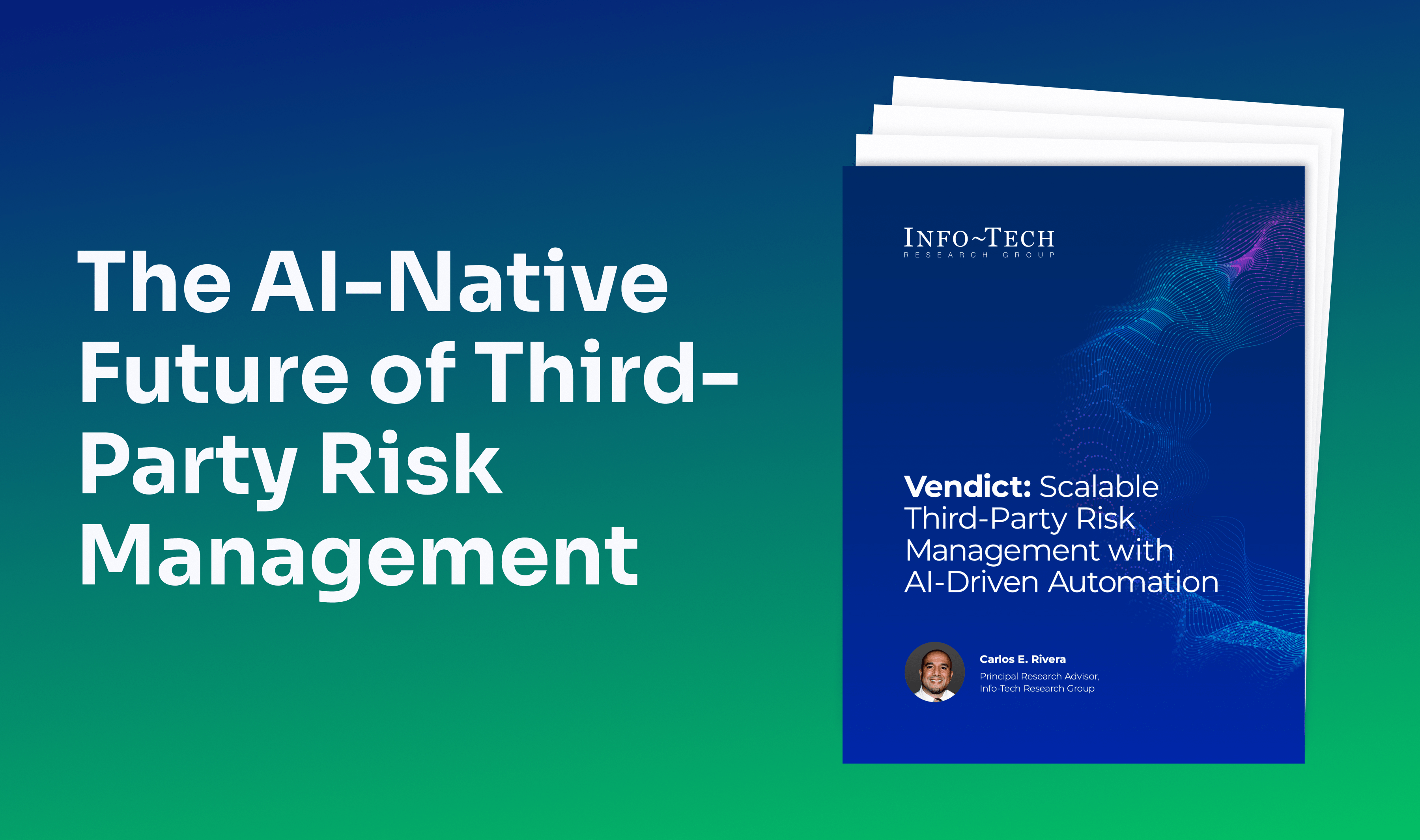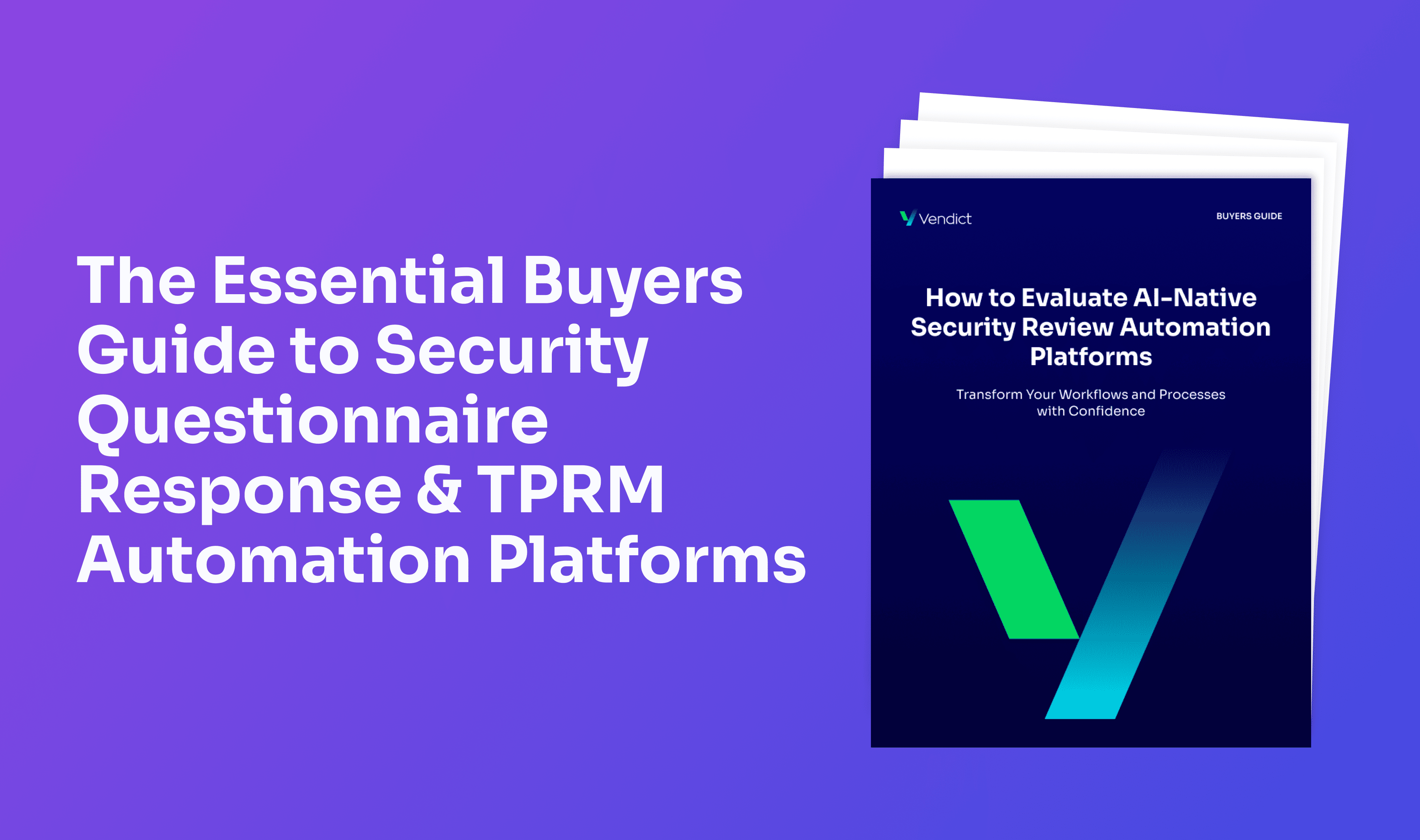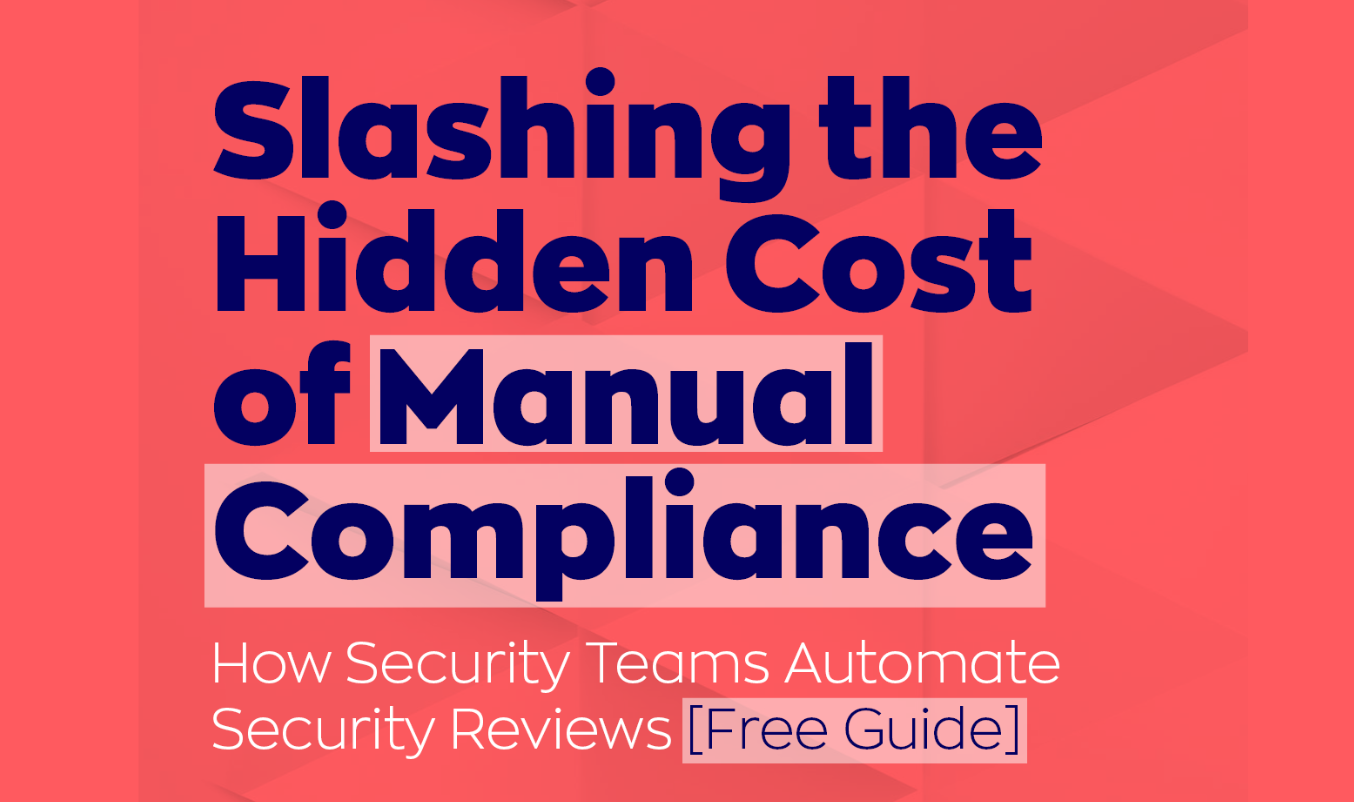The inevitable rise of the vendor economy

Vendors are the new oil, so be ready to manage them. Increasing landscape infographics of startup vendors is only the first signal.
How do you choose your doctor? I know only two types of people. The ones like me, trusting the system blindly. No research. I just choose according to the availability and closeness. And the ones like my partner, who always seek recommendations from trusted people. In general, such people work or have a close relative in the healthcare system. And they always know where to go.
Then I thought I had the same issue at work. I cannot see people in 2020 still performing impossible operations on Excel, while so many specialized tools exist online. Here, I was looking to find the best software, but there was no one to ask. How to start the search?
I always look first at the technology landscape. You know, these infographics showing the list of startups per domain (see image above). They can sometimes get crazy (the MarTech 5000 landscape references 7K vendors in one picture!). But the technological landscapes of IT companies reflect our Vendor economy.
Human barriers against vendors
It is against our nature to work with vendors. Here are the psychological barriers:
- Trust. How do you know you can trust this company? The fact that they appear in a landscape is already a sign of recognition. And most of them have testimonials from trusted customers on their websites. Early adopters will jump quicker than others.
- Classification. As humans, we tend to reduce and catalog quickly. Any company is simplified to a 3-word catchphrase. We may misunderstand the real opportunity they bring. Sometimes, new brands are even created only to enlarge fields of activities.
- Locked in. Once we have invested in the collaboration (integration in the process, learning), there is a higher cost to switch. We feel this risk upfront, and it is always easier in the short-term to not switch. Therefore, we keep using Excel for everything until the pain is sufficiently high.
Vendors are always worth it
Let’s face it. Most of our company’s processes are relatively standard. It is quicker that way to recruit and on-board efficient employees with experience. So, it makes sense to have dedicated tools for each process. And these tools should be developed by external Vendors that can sell them to this market.
And it is the case already. According to Blissfully, the number of SaaS apps used steadily increases by ~30% year over year for all company sizes. A huge number. Companies are using best-of-breed apps. These apps excel in one specialization, managing or solving a specific pain point with high standards.
And it won’t stop. Artificial Intelligence technology gives vendors an edge, since it possesses large and varied data sets. And the open-source movement has simplified the integration of a huge number of software libraries during product development.
Vendor management vs vendor risk management
This new economy creates a complex ecosystem. A company can thrive only if it has the culture and processes in place to quickly find, select, and integrate the best vendors. These vendors can have off-the-shelf products in simple cases. Or they may require close collaboration for customized product development (think about a start-up in its early stages). The company must adapt to its needs and to the reality of the landscape.
Besides, a lot of vendor risks are created by this dependency. They can be business risks (service disruption, quality of service or product), regulatory risks (compliance, privacy, security), or financial risks (contractual, price, vendor stability). The recent remarkable privacy regulations (GDPR, CCPA) have also highlighted how the company is responsible for the personal data managed by the vendor. Setting programs to handle Vendor/Third-party Risk Management is now mandatory in financial institutions.
Companies want to be able to work with the best vendors at business speed and with responsibility. Also, innovative and specialized IT vendors are critical to simplifying this very critical pain point.
So, what is our doctor selection process now with my partner? She looks for the recommended doctors as long as they have reasonable availability. I used to look at vendors as interchangeable, similar to doctors. But I was wrong.
Vendors enable us to speed up processes and to create value. For each pain point, the best-of-breed vendors solve it with high standards. It requires our efforts to find them and work with them. We must set a clear vendor management process, overcome our psychological barriers, and manage all the vendors’ risks. It sounds like a lot, but this is where our economy is heading to, and well, it is exciting that collaboration wins.
.png)








.png)
